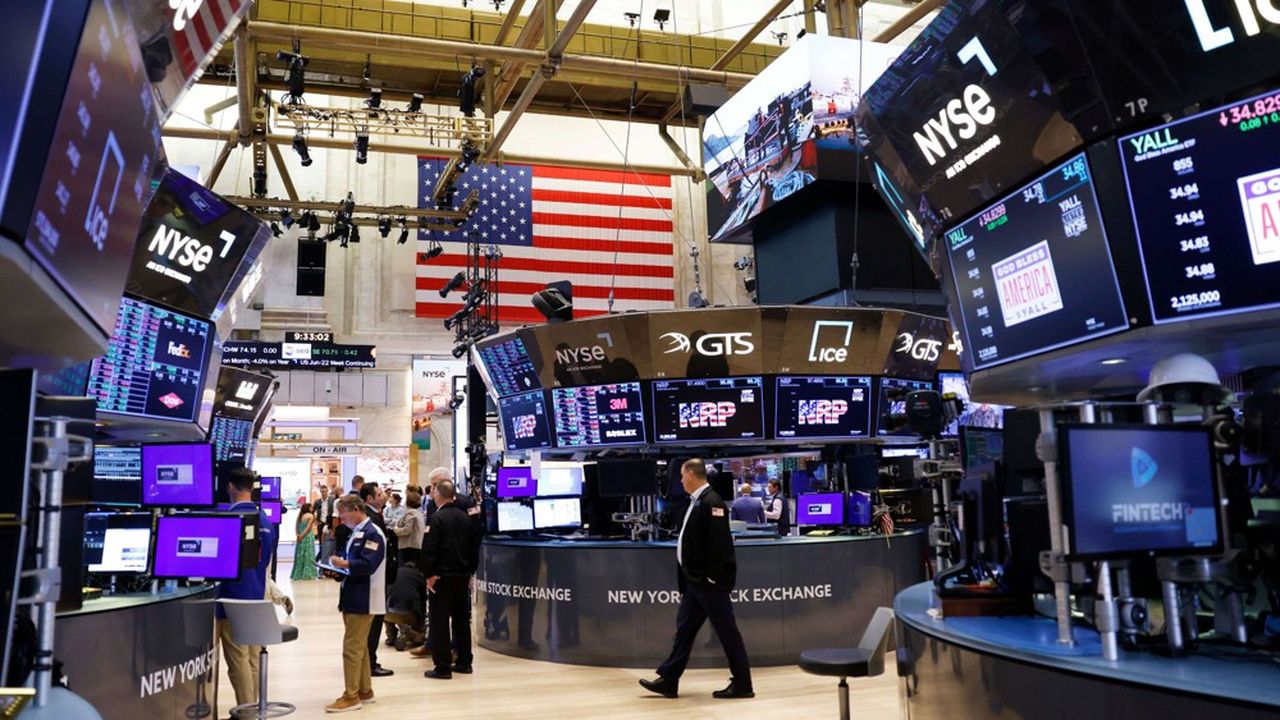
U.S. job creation rebounded in August after a particularly disappointing July. The U.S. economy added 142,000 jobs last month, and the unemployment rate fell slightly to 4.2%. However, the August harvest came in below economists’ expectations, and job creation in June and July was revised down by 86,000 jobs. The slowdown in the labor market is undeniable and cements the prospect of a first rate cut by the Federal Reserve this month.
“The labor market is cooling,” notes Florian Ielpo of Lombard Odier, but “this cooling is more indicative of slower-than-expected economic activity than of an urgent need to cut rates,” he judges. In reality, the specter of recession is receding. The U.S. economy is slowing but it is not collapsing. “In some ways, this report should raise more concerns about corporate earnings forecasts than about necessary monetary policy adjustments,” the economist suggests.
The extent of the rate cut is uncertain
At Jackson Hole at the end of August, Jerome Powell, the head of the Fed, had already indicated that the American central bank was ready to begin a cycle of monetary easing. A first rate cut at the meeting on September 17 and 18 is almost certain. But the debate remains on the pace and scale of the rate cuts to come, starting with the first. Will the Fed want to make a splash, with an initial cut of 0.5 percentage points, or will it favor caution, with a reduction of 0.25 points?
Proponents of a half-point cut say the Fed has already waited too long to adjust its monetary policy. They worry about the warning signals sent by economic indicators, particularly because of the “Sahm Rule,” named after the Federal Reserve economist who developed it. A rule that determines the approach of a recession when the quarterly moving average unemployment rate is at least half a percentage point higher than the lowest average of the previous 12 months. It has been true since the publication of the July employment figures, and the slight decline in the unemployment rate in August was not enough to get out of the red zone.
Conversely, the more moderate point out that the average hourly wage in the private sector jumped by 0.7% in August, its biggest increase since the beginning of the year. This is good news for Americans’ purchasing power, but a potential headache for the Federal Reserve. Year-on-year, hourly wage growth accelerated to 3.8% in August, which could help keep inflation above the central bank’s target of around 2%.







